The Best Books to Teach Place Value and Large Numbers
It’s time for another post in my Teaching with Math Story Books series! While I love exploring math concepts through stories, finding just the right books to do that can be a challenge. I have already shared some ways that math books can be used to teach math, as well as my favorite books for teaching addition and subtraction. Today, I want to share resources for another important math concept: place value. As I’ve shared before, there may be other great books out there, so don’t stop here, but hopefully this gives you a great place to start as you look for the best books to teach place value and large numbers.

*Please Note: Some of the links in this post are affiliate links and help support the work of this site. Read our full disclosure policy here.*
I will be referring to these books as either tier 1, 2 or 3, so if you missed the explanation in the previous post, here it is again:
- Tier one books are written specifically to teach a math concept. They may or may not have a story line.
- Tier two books have an engaging plot and weave math into the story. While the connection to math is fairly obvious, the story could stand on it’s own.
- Tier three books are books that are not necessarily written to focus on a specific math skill, but could easily be used to make connections to math.
The Best Books to Teach Place Value and Large Numbers:
To understand numbers (no matter how small or large), kids need to understand that the place of each digit matters. For example, in the number 356, the 3 does not represent the number 3 but rather, the number 300.
It’s also important to understand the difference a zero can make when it changes places. For example, 305 is not the same as 350, etc.
So included in this list are some books for understanding zero, as well as the difference between ones, tens, hundreds, thousands, etc.
Zero is the Leaves On the Tree (tier 1) by Betsy Franco is a fun book to start with. This explores the meaning of zero as none and includes lots of real life examples and beautiful pictures.
Zero the Hero (tier 2) by Joan Holub is a fun and engaging tale of the importance of the number zero. This book will teach the necessity of zero in building tens and hundreds, as well as what happens when you use zero in math operations like addition, subtraction, multiplication and division. It also touches on roman numerals.
Related: 6 Benefits of Teaching Your Kids Roman Numerals.
A Place for Zero (tier 2) by Angeline Sparagna LoPresti is a similar story, but focuses more on place value specifically. It also teaches addition and multiplication with zero, and includes lots of great vocabulary.
Zero: Is it Something? Is it Nothing? (tier 1) by Claudia Zaslavsky is a helpful book to combine all the things kids learn about the number zero. For instance, when zero means none versus holding a place in larger numbers. It covers zero in math operations and rounding, as well as measurement. It also includes some fun riddles to help kids think about zero and large numbers.
Sir Cumference and All the King’s Tens (tier 2) by Cindy Neuschwander is definitely a book you will want to include as you explore place value. This fun tale will help kids understand the difference between ones, tens and hundreds and provides helpful visuals.
(Learn more about the book and grab FREE lessons to use with it here!)
Earth Day-Hooray! (tier 2) by Stuart Murphy is another fun story for kids that is clearly designed to teach place value. Great for a review as you celebrate Earth Day (in April) or any time of the year as you explore place value!
Penguin Place Value (tier 1) by Kathleen Stone is a really cute book that would be great for introducing the idea of palce value to kindergarten or first graders. The rhyme is fun, and I think kids will appreciate the hand drawn pictures.
Big Numbers (tier 1) by Edward Packard is a book that draws kids in with it’s fun comic book like graphics. This book looks at big numbers and compares them. It also provides various representations of the large numbers such as using words and exponents. I also like how he explains large numbers in terms of place value. (For example, 1 billion is a thousand million).
A Million Dots (tier 1) by Andrew Clements is another look at large numbers and over the course of the book includes 1 million dots. I loved this book because it has fun pictures, as well as fascinating facts involving large numbers, like “Sir Arthur Conan Doyle used more than 416,000 words to tell forty-six of the best adventures of Sherlock Holmes.” (And I will admit that it took longer to reach 1 million dots than I was expecting!) You could use this book to practice reading large numbers, or to re-write each number in expanded form.
How Much is a Million? (tier 1) by David Schwartz is another great book for thinking about large numbers. It includes lots of fun examples of what a million or billion of something would look like. It also includes further explanations of the math used at the end of the book.
I hope this has given you some great ideas and starting points as you seek to explain the role of zero in place value, as well as seeing and understanding really big numbers!
Are there any books that you would add to this list? Share in the comments!
And don’t miss the rest of the posts in this series:
More fun Place Value Learning Ideas:
Free Printable Book Lists!

Did you find this list helpful? Then you'll love the handy printable version I've made! Just print out the book list, take it to the library, and check them off as you read them. Plus, this set includes 2 pages of books not included in my blog series! That's 8 lists of engaging math stories in all.
You will also be added to my email list to receive teaching tips, freebies and special offers.


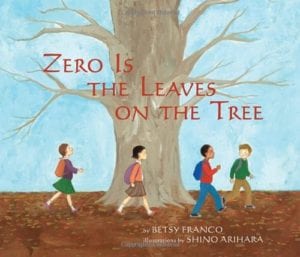
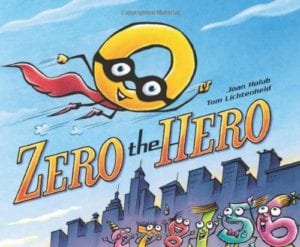
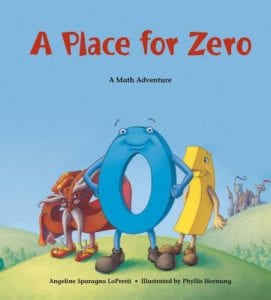
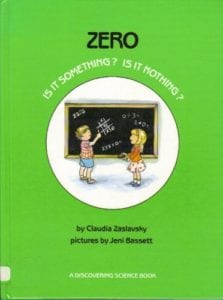
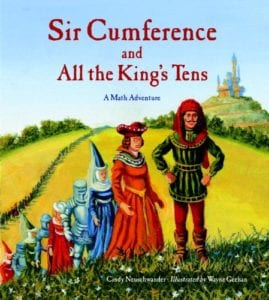
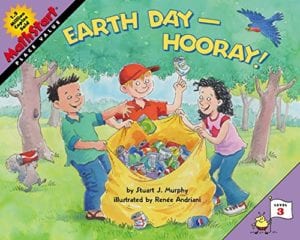
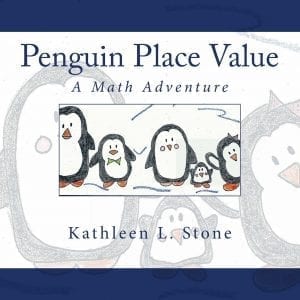
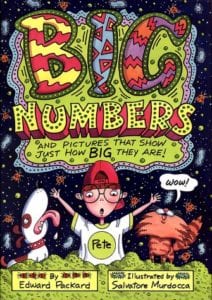
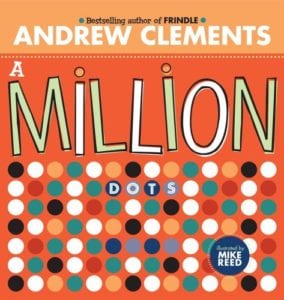
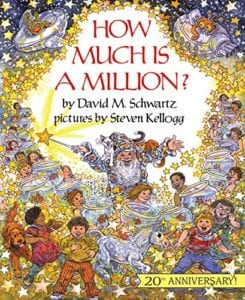
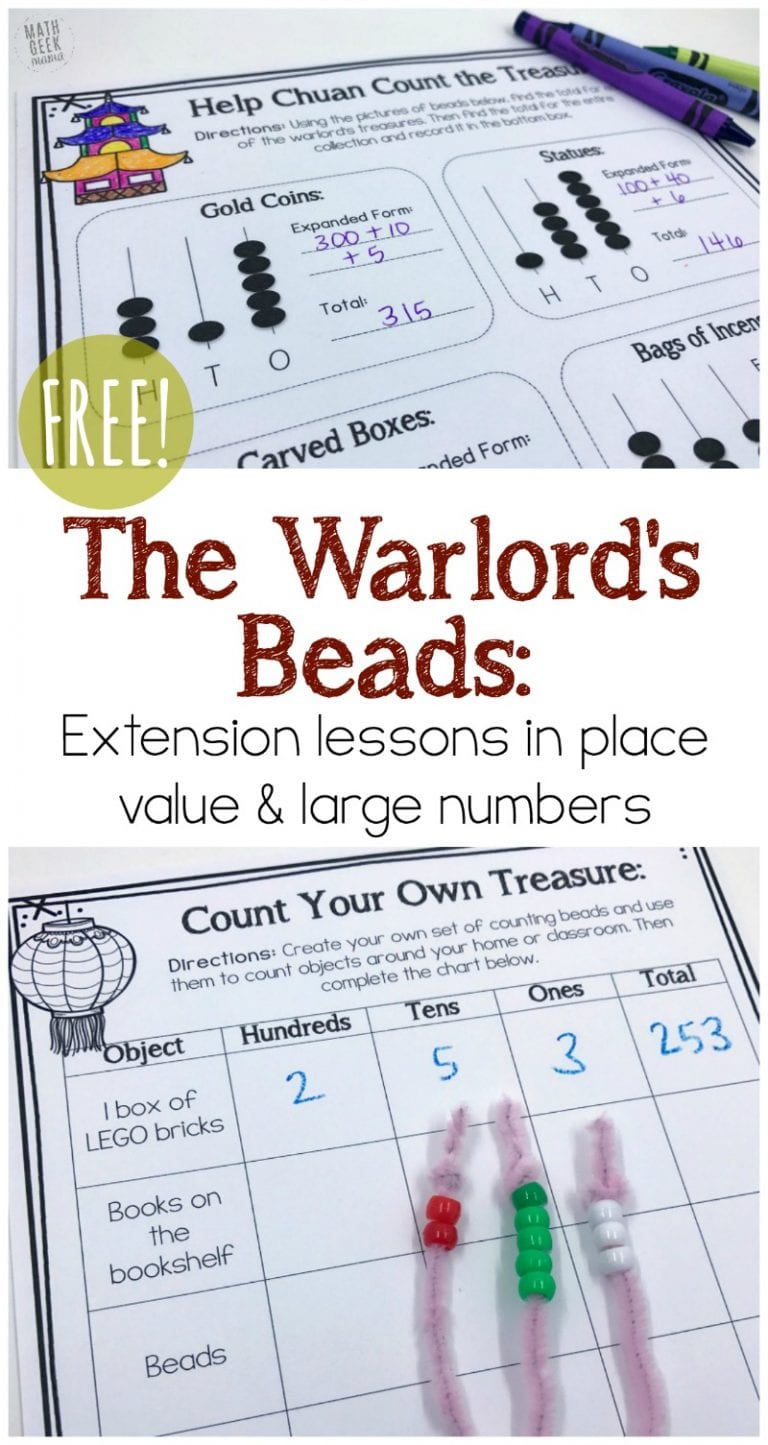
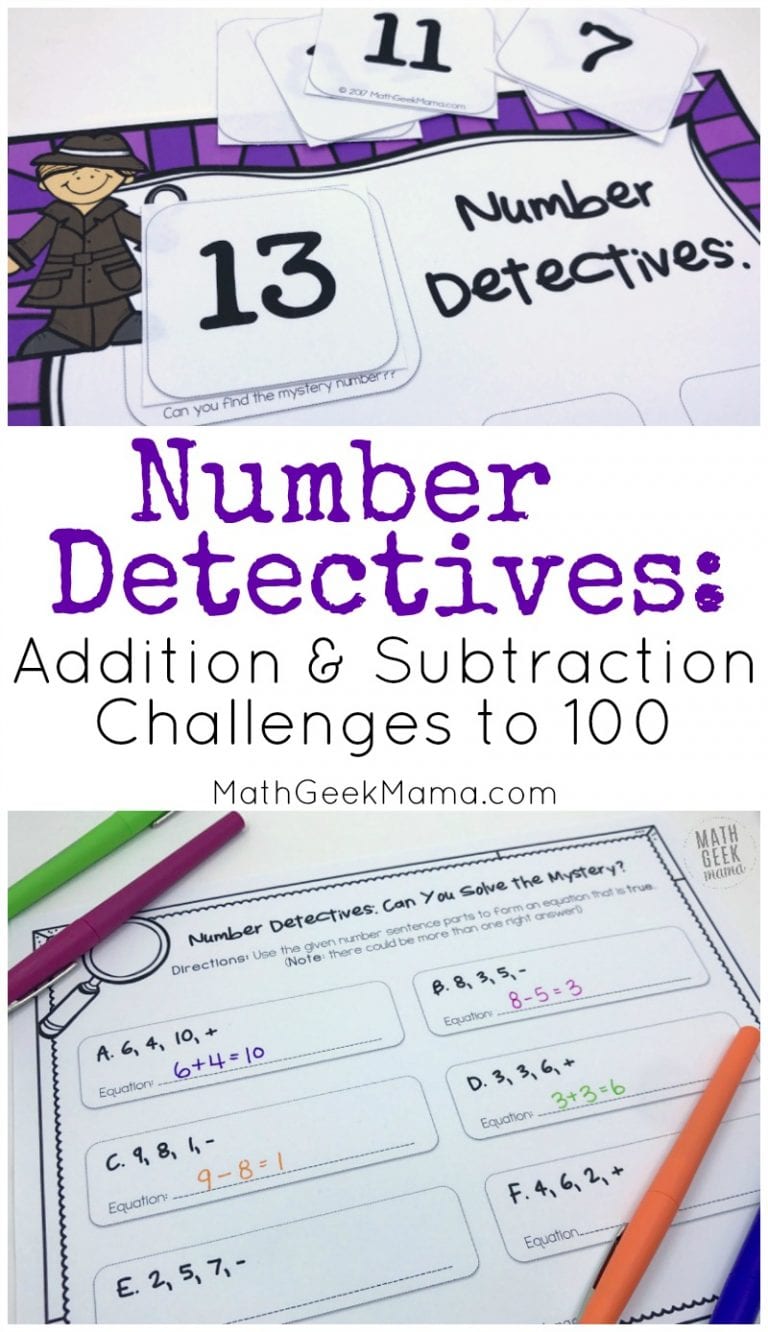
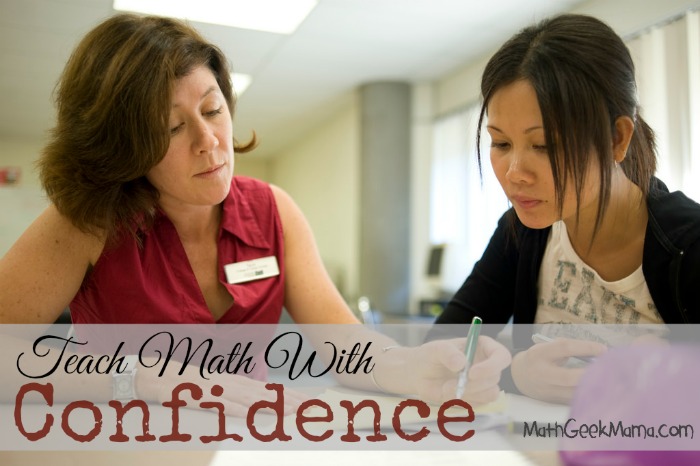
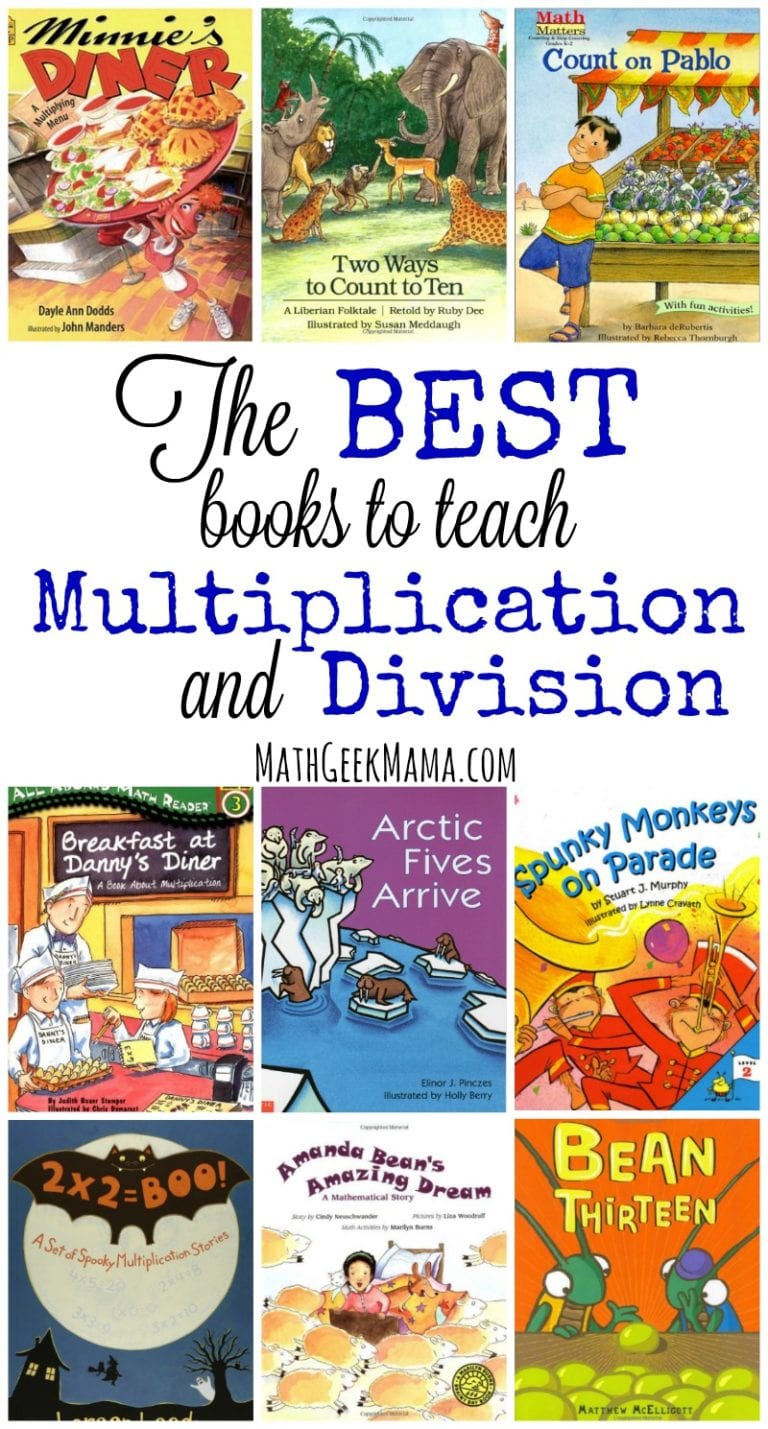
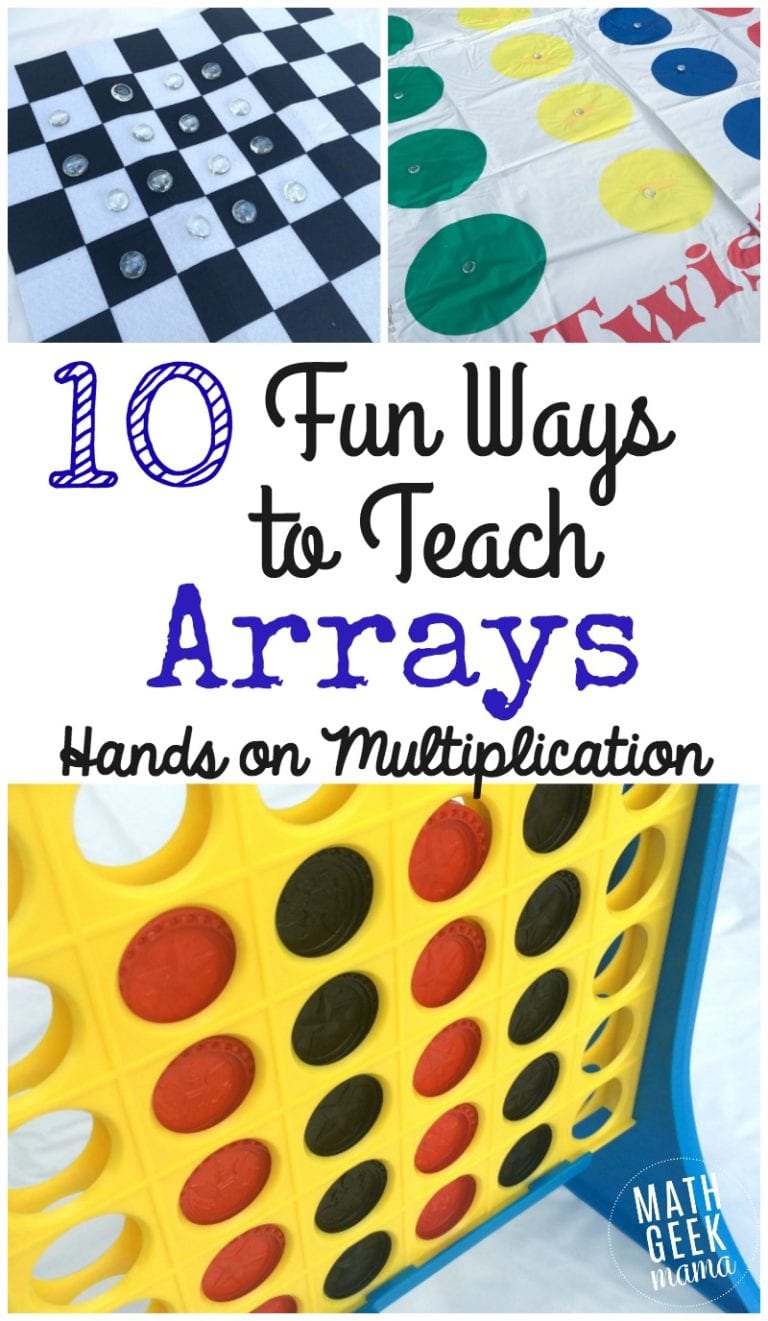
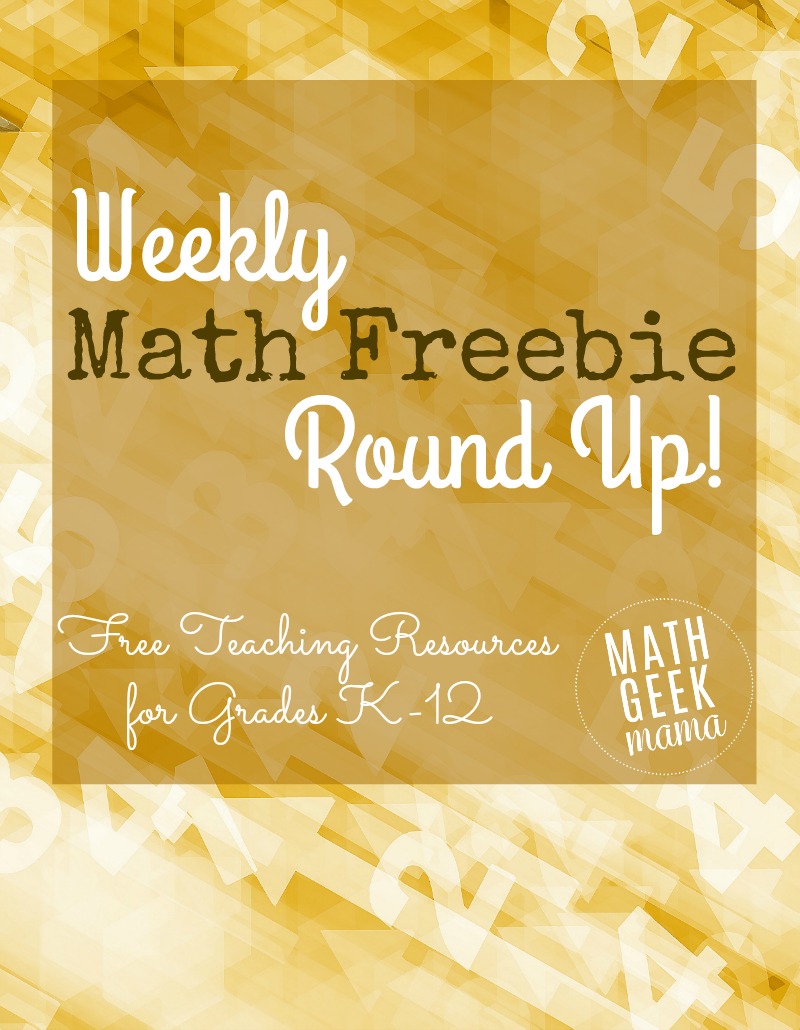
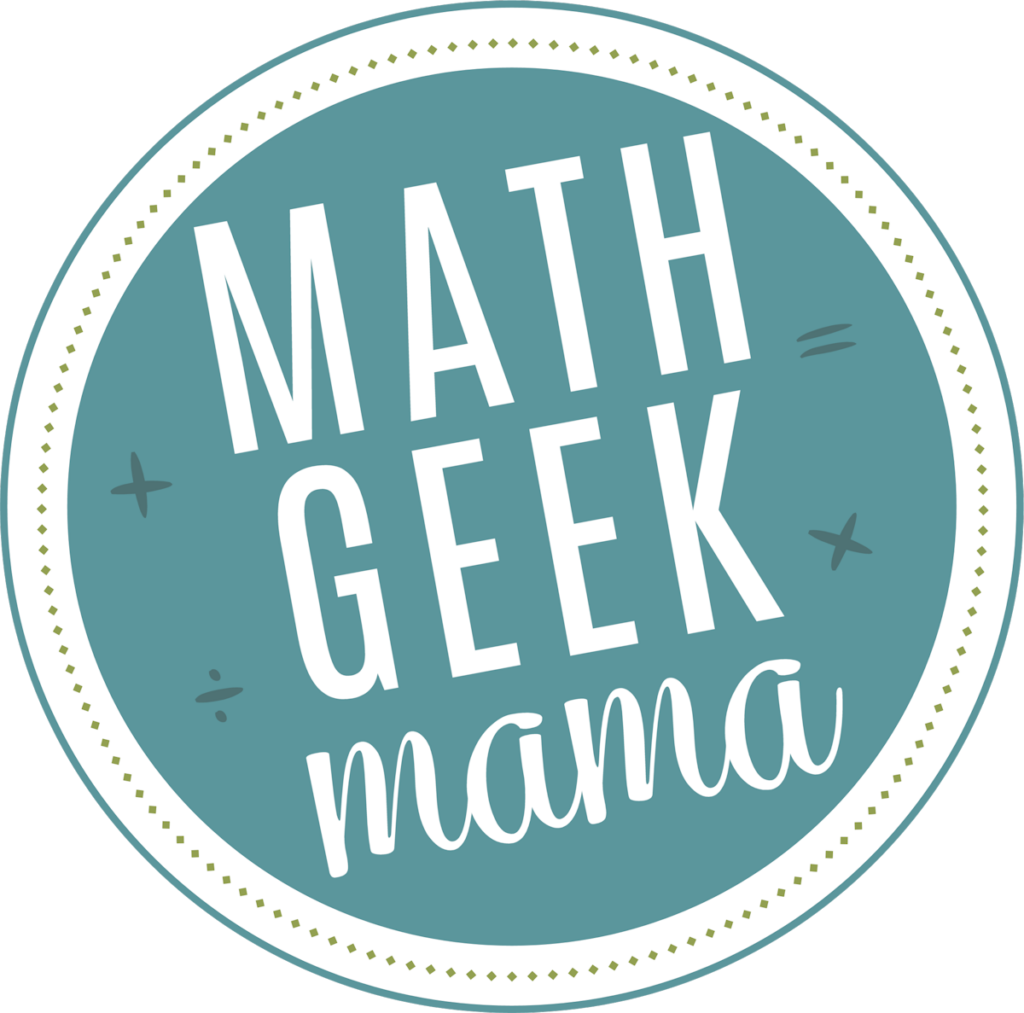
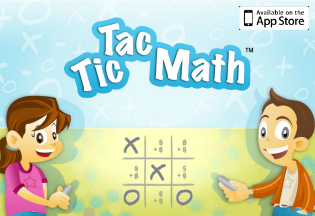

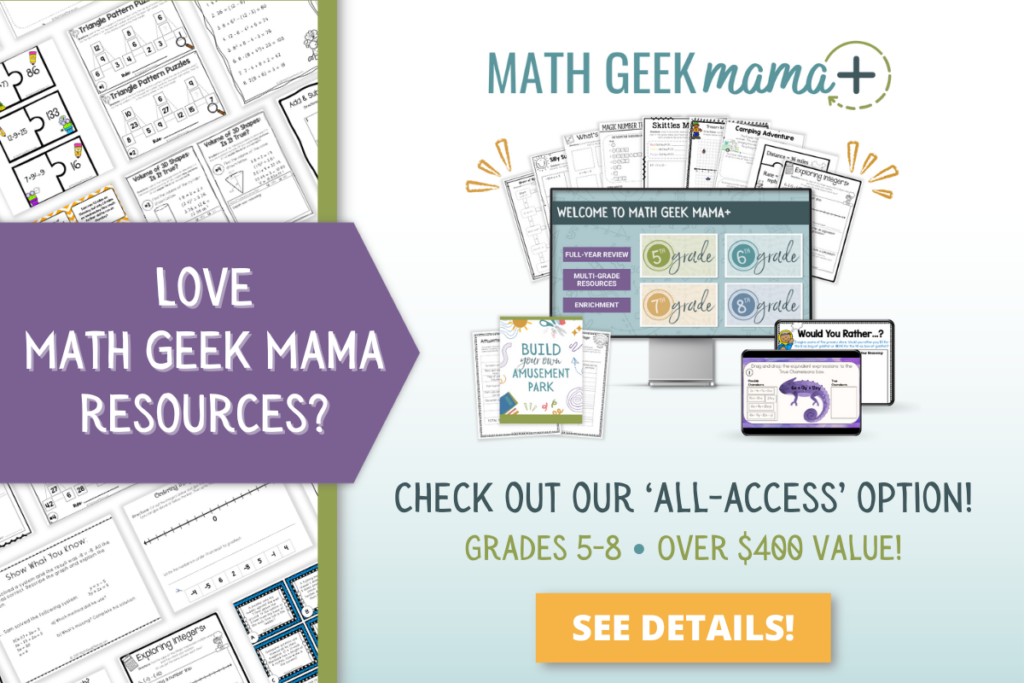
I read “On Beyond a Million” to my 4 and 6 year olds who loved it. It starts with a big pile of popcorn and a nutty teacher who “power counts.” Ever since, my 4-yr-old keeps mentioning infinity is not a number 🙂
OH fun! I love that your kids have enjoyed it and are engaged in math learning! 🙂 Thanks so much for sharing!